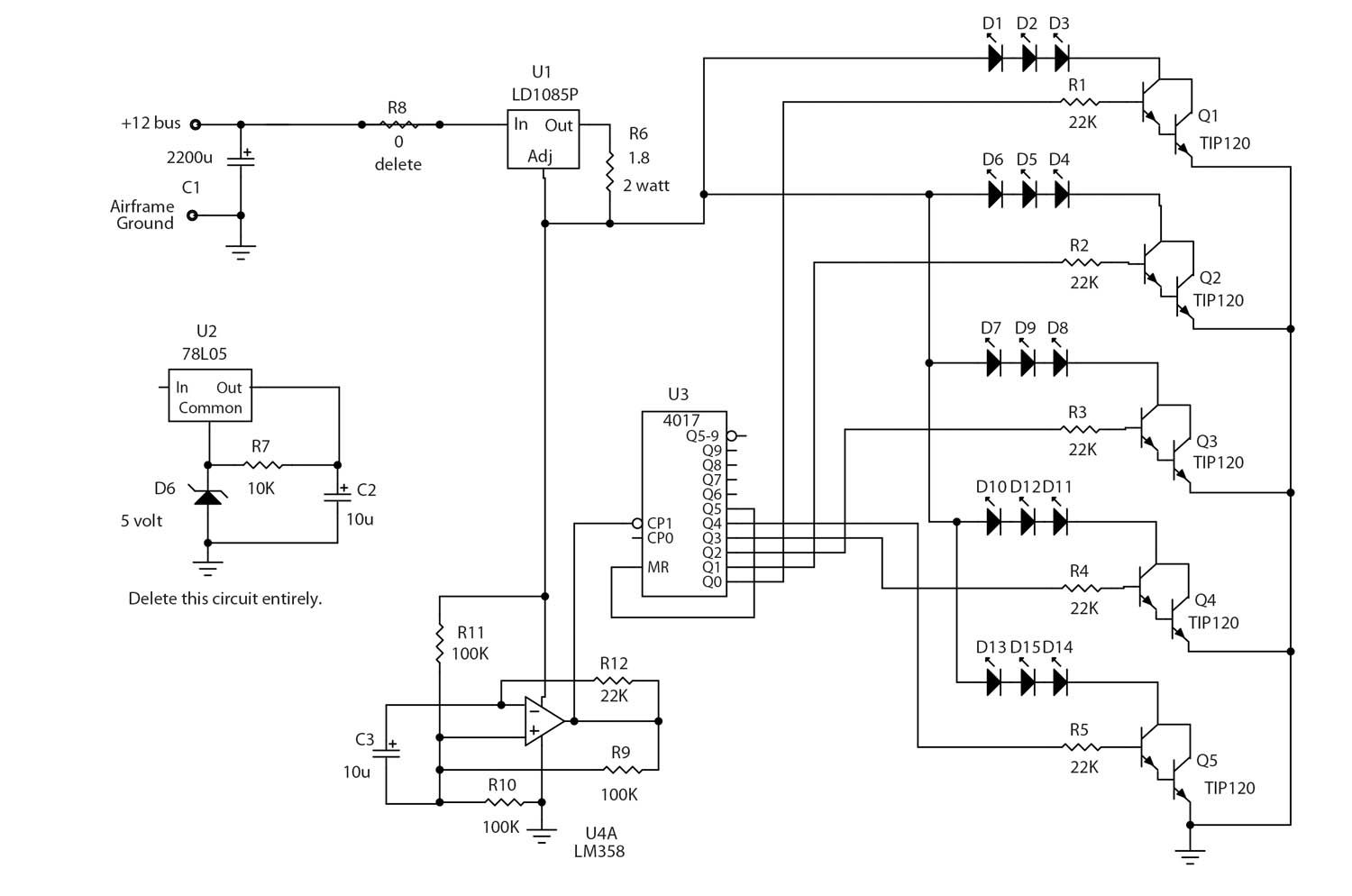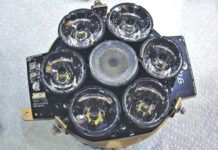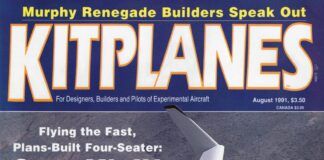For a couple of months now, we’ve been laying the groundwork for an overhaul of how we might do night lighting on our homebuilts. This month should tie it all together, and you can do it yourself for about one-tenth the cost of buying at retail.
Every now and again, the muses amuse themselves and find for me a second use for something that I write about that was not deliberately intended when I started the article. Some would say that the blind pig found another acorn in the muck. Only twice in my scandalous career of writing for KITPLANES® have I set out to do a conscious Weir Two-Fer. That’s where I start out with an “electronic” article and then consciously “bend” it to cover another subject. Normally Two-Fers just come along for the ride.
This is Two-Fer number two. Number one was when I started out giving information on how to measure engine temperatures and bent it into being able to cook an entire meal on a hot engine block. This one starts out telling you about the latest, greatest LED assemblies on the market for your homebuilt nav lights with rotating beacon and winds up showing you how that rotating beacon can double as your tail feathers nav light as well.
Along the way, we’ll cover some of the stuff from the September–November 2022 issues with a little more detail on how to make current sources for the new LEDs.
In prior issues (most of 2022) we talked about the new silicon-carbide LEDs and how far superior they are to the old gallium-arsenide based devices. I mean, if silicon carbide (carborundum) can handle spitting sparks from a grinding wheel, it can certainly handle being goosed (that’s a technical term, you’ll get used to it) to put out blinding light from a slug of electrical current.

The nice part is that plain old silicon carbide (SiC) is formulated from beach sand and coal. It doesn’t get much cheaper than that. The nicer part is that SiC with just a little bit of impurity can make any color of the rainbow you wish, including pure white with no impurity at all. It is really rough to get SiC to melt or destroy itself with slight or moderate overloads.
You want more? We got more. The devices themselves are so cheap to make, and they give off such a brilliant light, that we can put three of them on a single substrate and get much more light than a single gallium device and with a lot less heat developed.
Please don’t get me wrong. Every now and again in the lab we have oopsies. I managed to accidentally put 12 volts directly across an SiC diode and got a super brilliant blinding light for a few milliseconds, to be followed by a useless lump of charcoal and sand, never to be resurrected. They are not indestructible.
Now, here we go. I have given you several articles over the years (August 2008 et al.) on the optics and such for replacing incandescent wingtip nav lights and taillights with old-technology LEDs. As to wingtip lights, I’m simply going to say that you will get three times the brightness for half the current by replacing the devices of the last decade with these new devices. While the old technology met the ancient FAA requirements, you will be 300% overdesigned and get (nearly) infinite life with the new SiC red and green devices.
As to landing lights, I can tell you that with the new plastic carbonate lenses for the new SiC devices, you can point that landing light beam nearly anywhere you want to have it. The FAR simply says that the light has to be electric (none of this kerosene stuff, now) and be “adequate for landing.” Granny Prichard could make 20 yards against the Packers with an FAR like that.
So, let’s see what we can do with the new SiC white lights on the rotating beacon.
- As stated above, the rotating beacon will be three times brighter minimum.
- Each of the segments of the beacon will now share the heat equally with the current source.
- The power-wasting resistor to keep the current source cool will be eliminated.
- The rearmost-facing three LEDs will be more than adequate to fulfill the FAA requirement for the white rear-facing navigation light (to go along with the red and green wingtip nav lights).

The last item listed may raise some eyebrows. Yes, these white lights are rear-facing. But they are not continuously lighted. True, they are flashing. I think Cessna adequately addressed this objection in the late ’60s with their infamously approved “on–flash–off” nav light switch that for whatever mechanical reason was replaced with an AD that said a single-pole switch had to be used. But somewhere in the process, Cessna had to have approvals for flashing nav lights. I can find no section of the FAR that says that the nav lights may be either continuous or flashing.
I believe so much in this project that I’m willing to give (at my cost) a PC board and all the parts to the first five takers. I’m guessing $30–$40 for the package, including shipping. Don’t send money, just send a commitment to [email protected] by May. Thanks.
Source: www.ledsupply.com.
This has been a long journey. Please stay with me for future developments. Until then…stay tuned…














Hi Jim,
I’ll take a kit if you still have it available. The email is in the post signature. Thanks
P.V.
I’d like a kit if available.
Thanks,
Lloyd
I’ll take a kit, Jim, if you still have any left.
BTW, the website you linked to (www.ledsupply.com) comes up as infected with a phishing malware.
Ron
I’d like a kit as well!
[email protected]
I would gladly buy a kit. [email protected]
For all of us that said we would like to get a kit, please reread the end of the article and see Jim’s email address to contact him directly.
I would like a kit for one of our school planes.